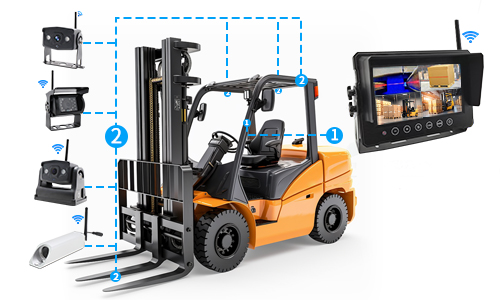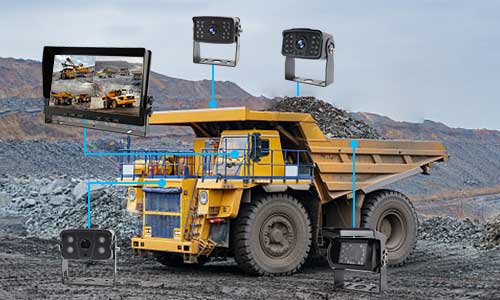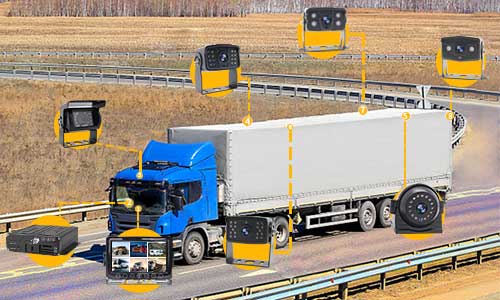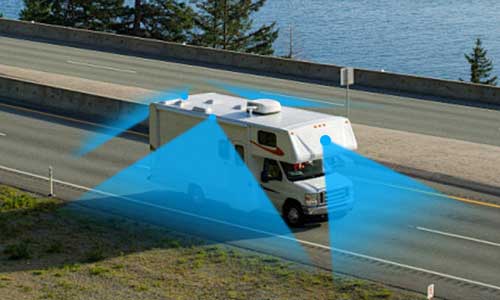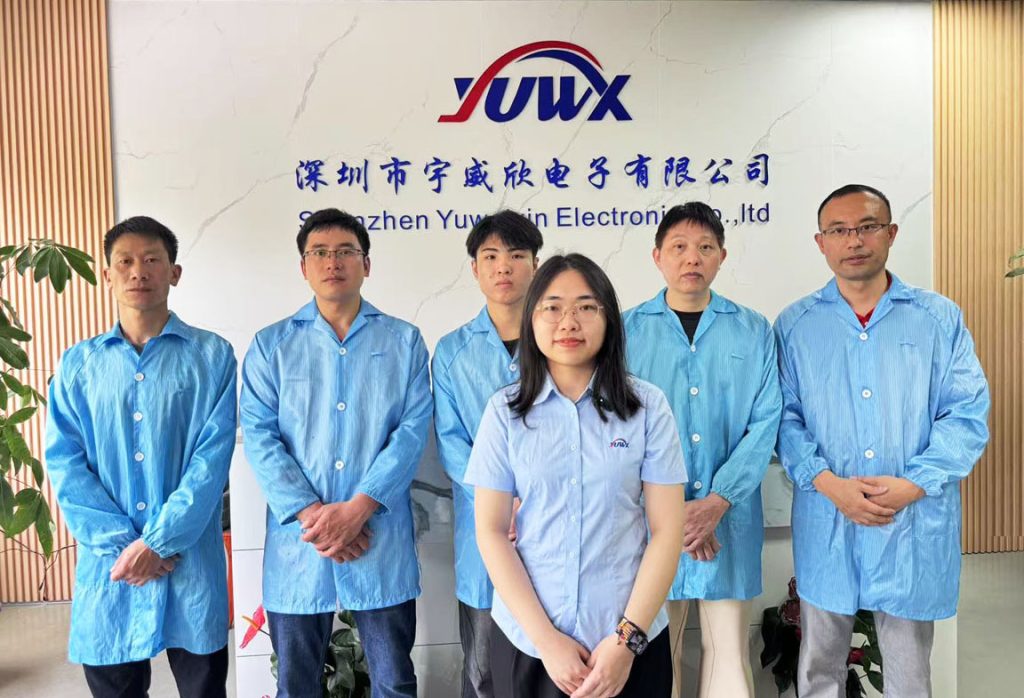Car parking monitor kits are integral to improving vehicle safety during parking, helping drivers avoid obstacles, pedestrians, and other vehicles. These systems offer real-time visual feedback, enhancing overall parking accuracy and preventing accidents. However, one of the most significant challenges that car parking monitor kits face is their performance in low-light or nighttime conditions.
In this article, we will explore how modern parking monitor kits overcome the challenges posed by limited light and how they utilize advanced night vision technology to maintain optimal functionality. With a deep dive into sensor capabilities, camera systems, and the overall role of lighting in parking safety, we aim to provide a comprehensive understanding of how car parking monitor kits perform under diverse environmental conditions.
The Importance of Nighttime Parking Assistance
Nighttime parking can be one of the most stressful and dangerous situations for drivers. In the absence of proper lighting, it becomes challenging to assess the space surrounding the vehicle, leading to higher risks of accidents or collisions. In such conditions, parking assist systems that include rear-view cameras, sensors, and night vision technology become invaluable.
Without adequate lighting, drivers rely heavily on their vehicle’s monitoring systems to provide clear, real-time visuals of their surroundings. Car parking monitor kits help drivers navigate tight spaces, identify obstacles, and avoid accidents with greater precision. As these systems evolve, the integration of advanced imaging technologies allows them to perform well even in poor visibility conditions.
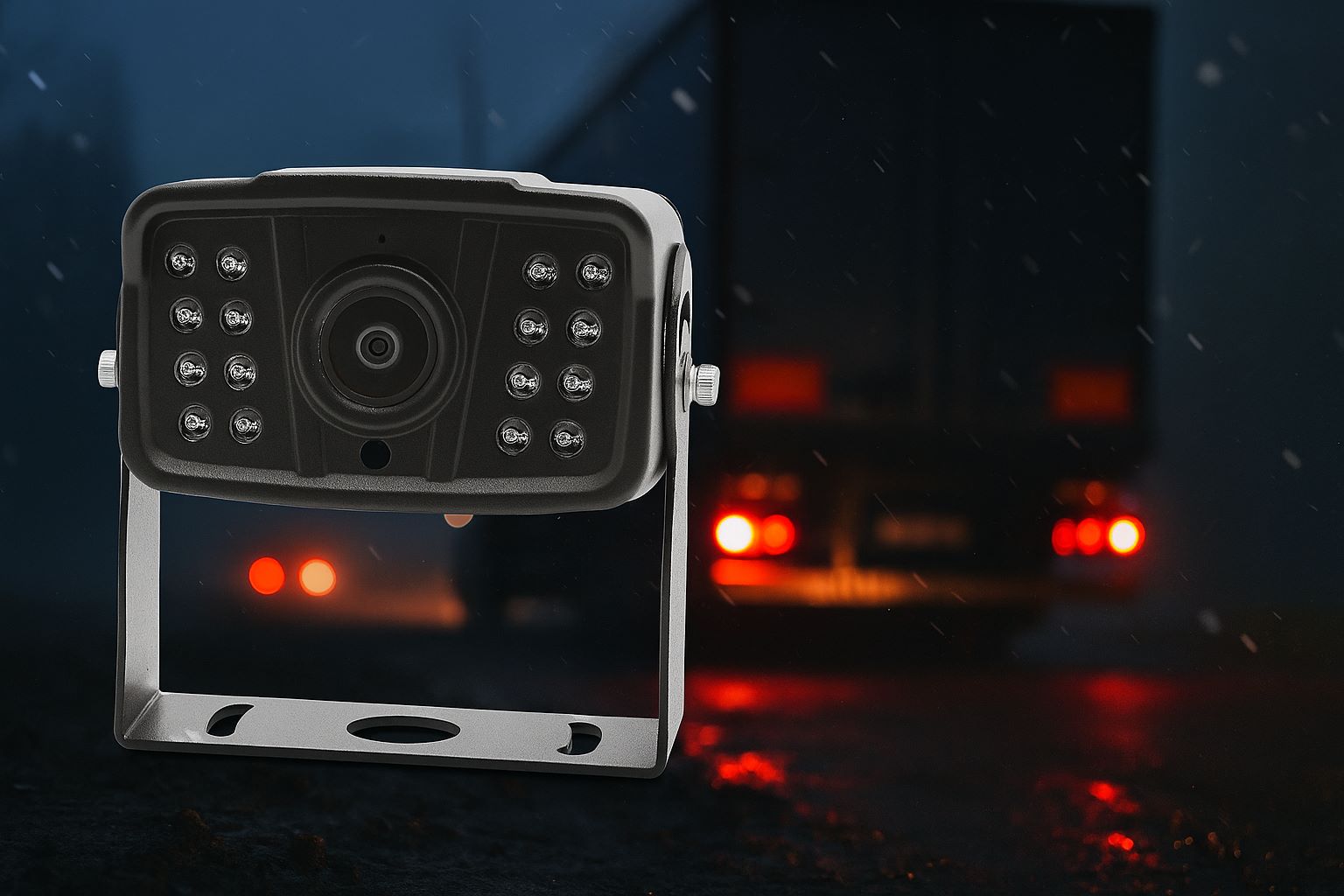
How Car Parking Monitor Kits Work
A car parking monitor kit consists of various components, each designed to ensure that the vehicle is parked safely and efficiently. The main elements include:
-
Rearview cameras: These cameras capture live video footage from the rear of the vehicle, allowing drivers to see what’s behind them.
-
Parking sensors: Ultrasonic or radar sensors detect objects within a certain distance, alerting the driver to potential obstacles.
-
Display screens: These screens provide real-time visual feedback from the cameras, often integrated with distance indicators from the sensors.
Together, these components create a comprehensive system that assists the driver during parking maneuvers. In daytime conditions, this system functions optimally. However, at night or in low-light conditions, the cameras and sensors must be capable of delivering clear and accurate data.
Night Vision Technology and Its Role
Night vision technology plays a significant role in enhancing the performance of car parking monitor kits in low-light or nighttime conditions. By utilizing infrared (IR) light, night vision cameras can capture clear images even when there is minimal visible light.
Night vision technology works by detecting infrared radiation (heat) emitted by objects, which is not visible to the human eye. Cameras equipped with infrared sensors can illuminate the scene without relying on ambient lighting. The IR light emitted by the camera illuminates the surroundings, and the camera sensors capture this reflected light, producing clear images even in complete darkness.
The integration of night vision into car parking monitor kits ensures that drivers can continue to park their vehicles safely, regardless of lighting conditions. Whether in dimly lit parking garages or completely dark environments, night vision-equipped parking cameras offer an uninterrupted view of the surroundings, significantly reducing the risk of accidents.
Infrared Sensors and Their Advantages
Infrared sensors are commonly integrated into modern car parking monitor kits to enhance nighttime visibility. Unlike visible light, infrared sensors can detect heat sources, providing an advantageous image feed when it is dark outside. The main advantages of infrared sensors in parking monitors include:
-
Improved clarity in low-light conditions: Infrared sensors enhance the visibility of objects that would otherwise be difficult to see, such as pedestrians, animals, or other vehicles.
-
Increased safety: With the ability to detect objects in complete darkness, infrared sensors ensure that drivers can avoid accidents when parking in poorly lit environments.
-
Reduced glare: Unlike traditional headlights, infrared sensors do not cause glare, ensuring a clear image that is not obstructed by light sources in the environment.
These advantages make infrared sensors a crucial feature for parking monitor kits that are designed to work in low-light or nighttime conditions.
Low-Light Performance: The Role of Camera Quality
While infrared sensors are essential for night vision, the overall performance of parking monitor kits also depends on the quality of the cameras used. High-definition (HD) cameras are capable of capturing more detailed images, which is especially important in low-light conditions.
Advanced low-light cameras can amplify existing ambient light, allowing them to function better than standard cameras in dim environments. These cameras utilize specialized sensors that enhance the clarity of the footage even when the light levels are low. Some modern systems are also equipped with features like image stabilization and automatic exposure control, which help the camera maintain sharp and clear images regardless of the surrounding lighting.
In addition, the dynamic range of the camera’s sensors is essential. A wider dynamic range allows the camera to capture both bright and dark areas within the same frame, creating a more balanced and comprehensive image.
The Impact of Environmental Conditions
Aside from lighting, various environmental conditions can affect the performance of car parking monitor kits. For instance, weather conditions such as rain, fog, or snow can impact the clarity of both infrared and visible light cameras. However, advancements in camera technology are helping to mitigate these challenges.
Rain and fog often scatter light, which can make it difficult for cameras to capture clear images. To combat this, some systems incorporate anti-glare coatings, waterproof casings, and heated lenses to prevent fogging. Additionally, high-sensitivity infrared sensors are designed to perform well even in adverse weather, ensuring reliable functionality during all conditions.
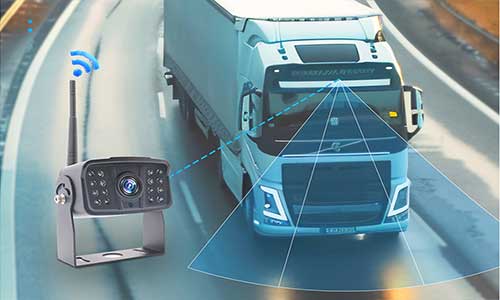 How Car Parking Monitor Kits Adapt to Low-Light Conditions
How Car Parking Monitor Kits Adapt to Low-Light Conditions
Car parking monitor kits are designed with adaptive features to perform in both daylight and low-light conditions. Key adaptive technologies include:
-
Auto-adjusting brightness: Modern cameras automatically adjust the brightness levels based on available light, ensuring optimal visibility at any time of day.
-
Enhanced night vision modes: Some systems allow users to switch to a night vision mode, which optimizes the camera’s settings for low-light environments.
-
Real-time monitoring: Advanced kits provide real-time video feeds to drivers, allowing them to see the immediate surroundings and respond to potential threats quickly.
By continuously adapting to changing light conditions, these systems provide seamless support to drivers in a variety of environments, from brightly lit streets to darkened parking lots.
Conclusion: The Future of Car Parking Monitor Kits
As technology continues to advance, the performance of car parking monitor kits in low-light or nighttime conditions will only improve. The integration of advanced night vision technology, high-quality cameras, and infrared sensors has made parking safer and more efficient than ever before.
In the future, we can expect further improvements in sensor technology, including the development of more intelligent systems that combine camera feeds with AI-powered recognition algorithms. This would enhance the system’s ability to identify obstacles in real-time and assist with automated parking.
For now, car parking monitor kits that incorporate infrared sensors, high-definition cameras, and night vision capabilities provide drivers with a reliable, effective solution for navigating low-light conditions. Whether you are parking in a dimly lit parking garage or maneuvering your vehicle on a moonless night, these systems offer the visibility needed to ensure safety and confidence.
As the need for advanced parking assistance continues to grow, the integration of more sophisticated technologies will undoubtedly make parking in low-light and nighttime conditions even safer and more convenient.


